Have you ever felt the urge to dive deeper into the soul of a city, beyond the well-trodden paths of tourist guidebooks? Berlin, a city pulsating with history and culture, offers a plethora of unconventional ways to uncover its hidden gems and untold stories. In this blog post, we will embark on a journey together to explore Berlin’s rich tapestry through unique experiences that go beyond the ordinary, inviting you to see this vibrant city in a whole new light. Join me as we unravel the unconventional and fascinating layers of Berlin’s history and culture waiting to be discovered.
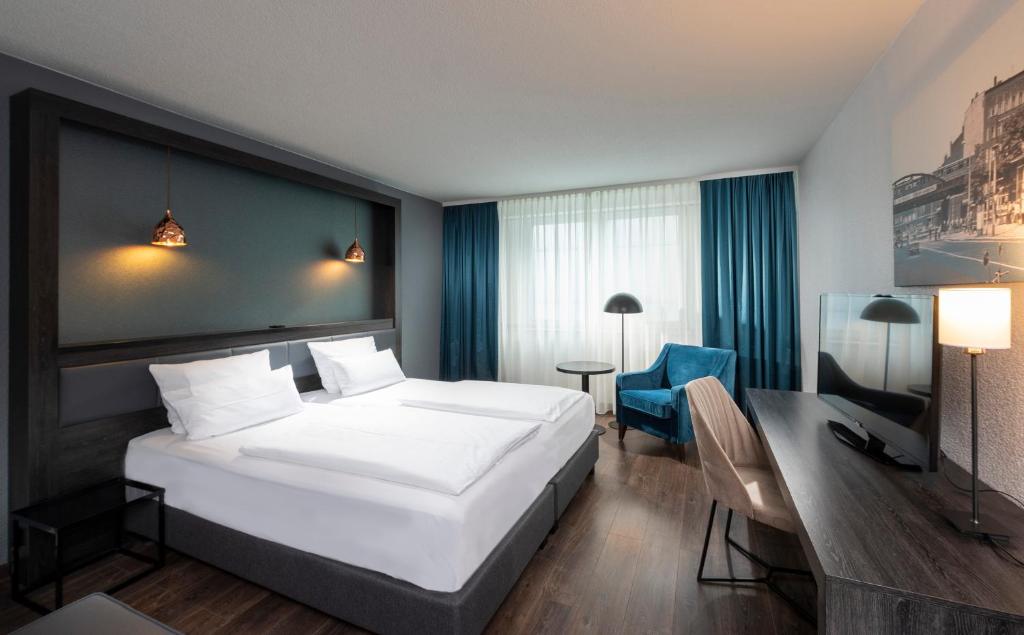
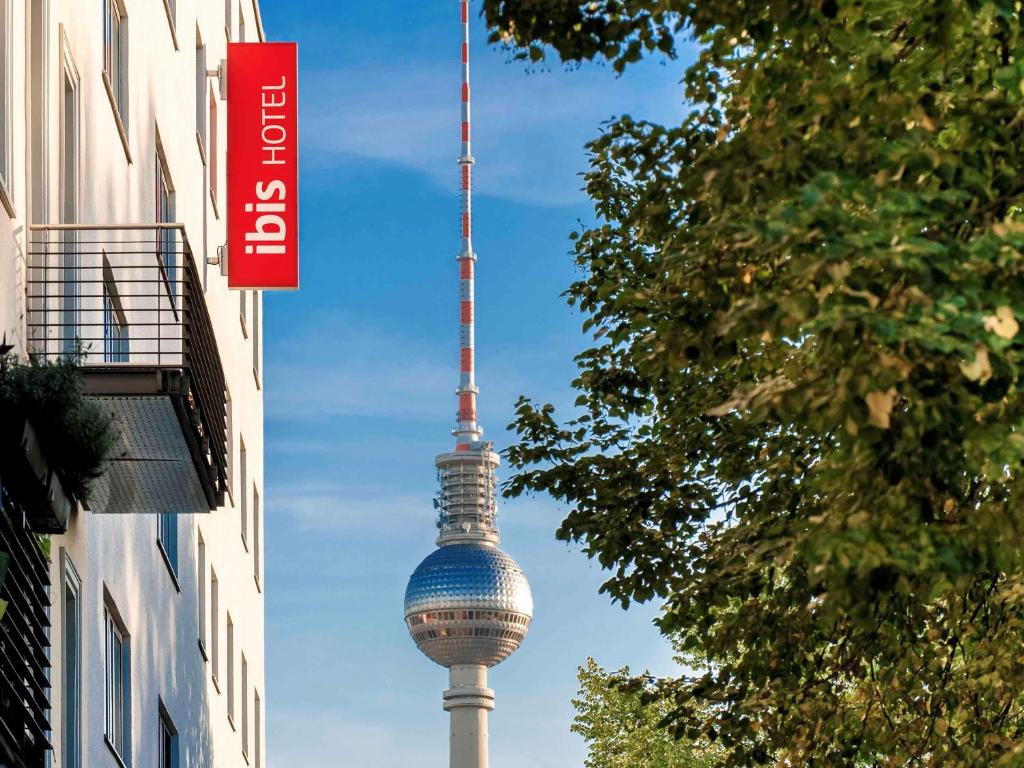
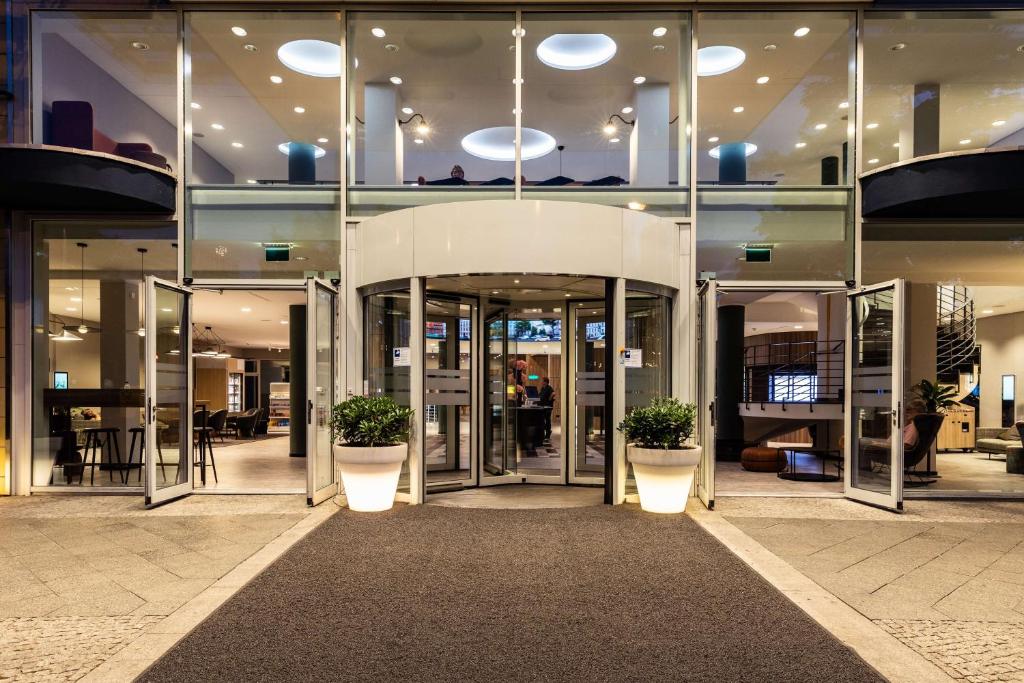
Discovering Hidden Murals
Berlin’s streets are alive with vibrant murals that tell stories of the city’s past, present, and future. From the iconic East Side Gallery with its politically charged artworks to the lesser-known gems tucked away in quiet corners, exploring Berlin’s hidden murals is a journey through art and history.
- East Side Gallery – This 1.3 km stretch of the Berlin Wall features over 100 murals painted by artists from around the world, making it a must-see for any street art enthusiast.
- Teufelsberg – The abandoned NSA listening station turned graffiti-covered art haven offers a unique backdrop for urban artworks.
- Kreuzberg Neighborhood – Known for its eclectic mix of street art, Kreuzberg is a treasure trove of murals waiting to be discovered.
Graffiti Alleys

Berlin’s graffiti alleys are like open-air galleries, where every wall tells a different story. Walking through these alleys is a feast for the eyes, with colorful tags, intricate stencils, and bold pieces of urban art adorning the streets.
- Hackescher Höfe – This series of interconnected courtyards in Mitte is a hotspot for graffiti artists, showcasing a diverse range of styles and techniques.
- Urban Spree – Located in Friedrichshain, Urban Spree is a creative hub where street artists come together to paint large-scale murals and host exhibitions.
- RAW-Gelände – Formerly a railway repair yard, RAW-Gelände is now a sprawling complex of bars, clubs, and street art installations, making it a dynamic space for artistic expression.
Street Art Tours
For those looking to dive deeper into Berlin’s street art scene, guided tours offer a curated experience that sheds light on the rich tapestry of urban art in the city. These tours provide insights into the artists, techniques, and stories behind the murals, offering a new perspective on Berlin’s history and culture.
- Alternative Berlin Tours – This tour company offers walking tours led by local artists, providing a behind-the-scenes look at Berlin’s street art scene.
- Street Art Workshop – Get hands-on with a street art workshop where you can learn techniques like stenciling and wheatpasting from experienced artists.
- Berlin Street Art App – For independent exploration, the Berlin Street Art app provides a digital guide to the city’s street art hotspots, complete with artist bios and interactive maps.
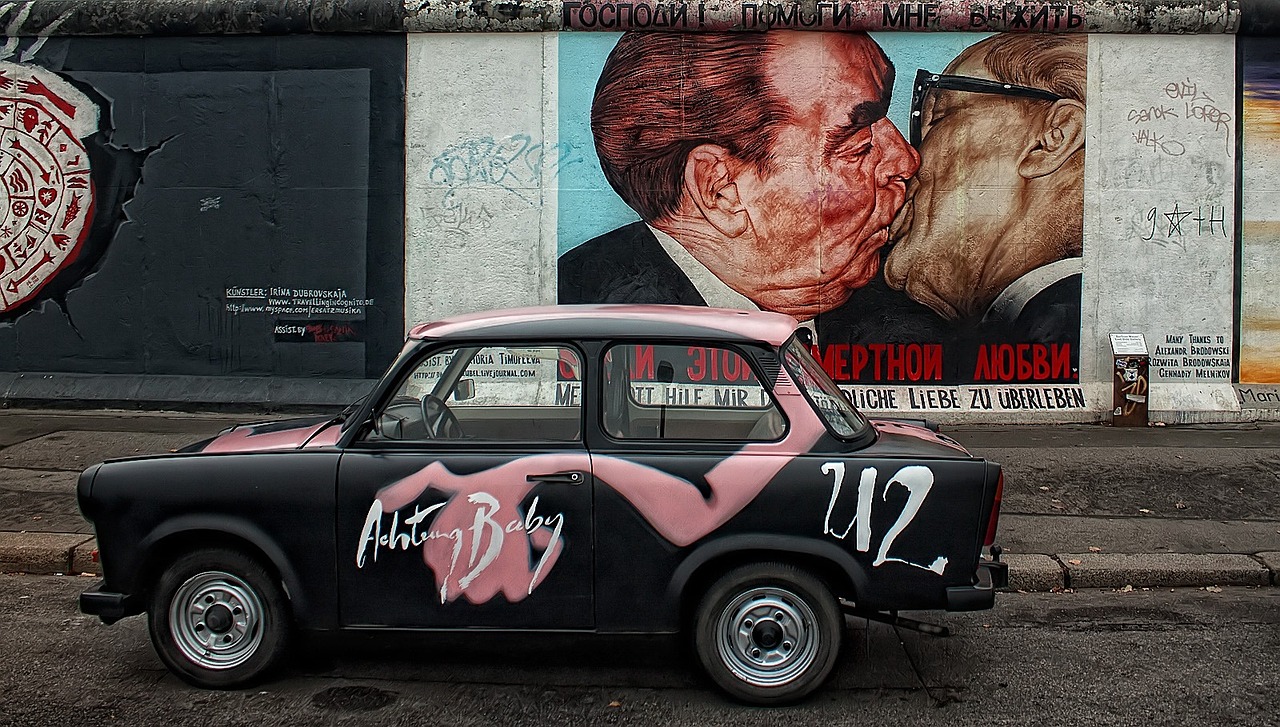
Underground Bunkers and Cold War Relics
Berlin, the vibrant capital of Germany, is known for its rich history and iconic landmarks. However, beyond the well-known tourist attractions lies a world of hidden gems that offer a unique perspective on the city’s tumultuous past. In this blog section, we will delve into the underground bunkers, Cold War relics, and abandoned spaces that showcase a different side of Berlin’s history.
Exploring Underground Bunkers
Berlin is home to a network of underground bunkers built during World War II and the Cold War era. These structures were designed to protect civilians and military personnel during air raids and nuclear attacks.
Notable Bunker Sites in Berlin
- Führerbunker: This infamous bunker was Adolf Hitler’s underground headquarters during the final days of World War II.
- Berlin Nuclear Bunker: A Cold War-era shelter located beneath the city streets, offering a glimpse into the paranoia and tension of the time.
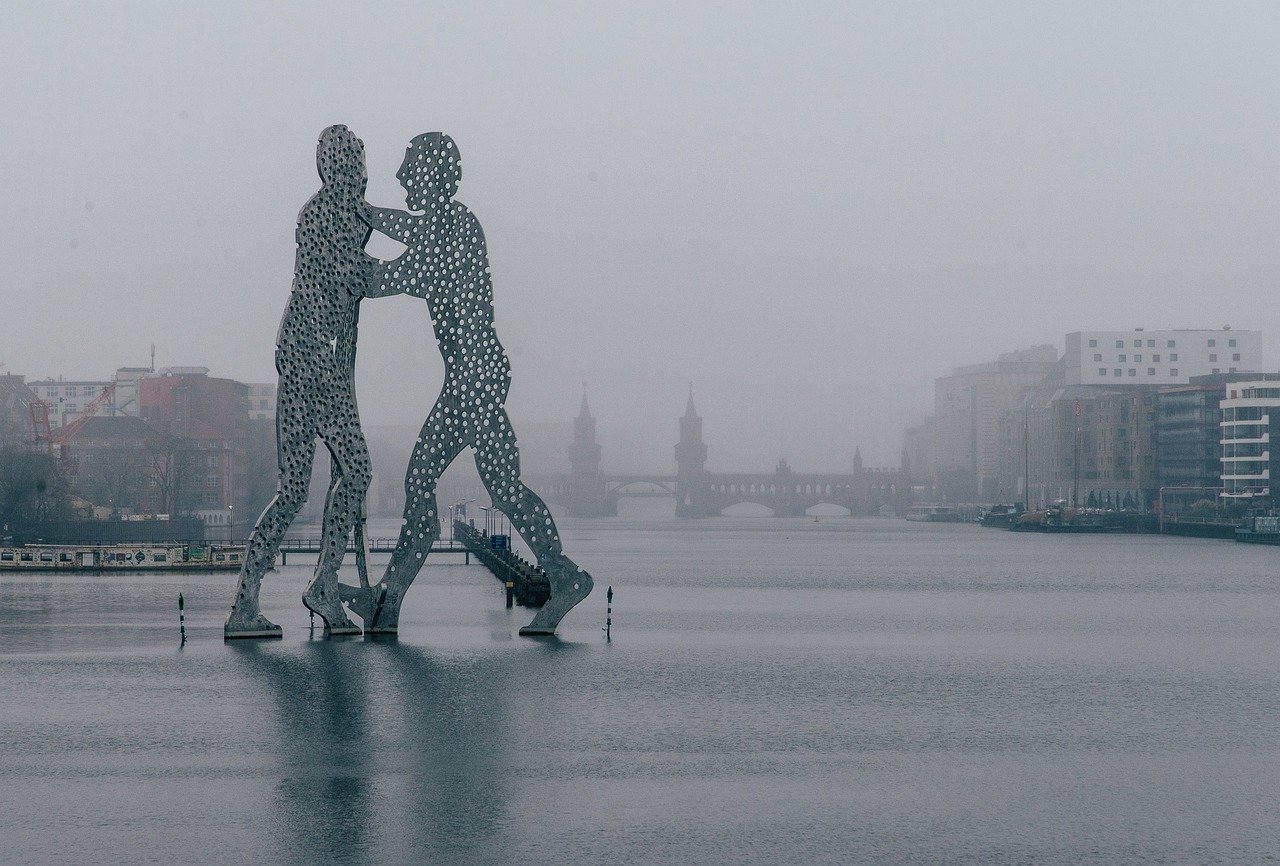
Features of Underground Bunkers
- Thick concrete walls: Providing protection against bombings and nuclear fallout.
- Ventilation systems: Ensuring a fresh air supply for inhabitants.
- Emergency supplies: Stocked with food, water, and medical supplies for extended stays.
Discovering Cold War Relics
The Cold War left its mark on Berlin, with remnants of the era scattered throughout the city. These relics serve as a reminder of the political divide and ideological conflict that defined the period.
Cold War Relics in Berlin
- Checkpoint Charlie: A former border crossing between East and West Berlin, now preserved as a museum.
- Berlin Wall: Sections of the iconic wall still stand, symbolizing the division of the city and the struggle for reunification.
Significance of Cold War Relics
- Historical artifacts: Providing tangible evidence of a turbulent chapter in Berlin’s history.
- Symbol of unity: Serving as a reminder of the city’s resilience and eventual reunification.
Exploring Abandoned Spaces
Abandoned buildings and spaces in Berlin offer a haunting glimpse into the city’s past. From decaying factories to deserted train stations, these locations provide a sense of mystery and intrigue.
Abandoned Spaces in Berlin
- Teufelsberg: A former U.S. listening station atop a man-made hill, now a graffiti-covered ruin.
- Spreepark: An abandoned amusement park frozen in time, offering a surreal experience for urban explorers.
Urban Exploration in Berlin
- Photography opportunities: Capturing the beauty of decay and neglect in a unique urban setting.
- Historical context: Gaining insights into the changing landscape of Berlin through its abandoned spaces.
In conclusion, Berlin’s underground bunkers, Cold War relics, and abandoned spaces offer a captivating glimpse into the city’s complex history. By exploring these lesser-known sites, visitors can gain a deeper understanding of Berlin’s past and appreciate the resilience of its people in the face of adversity.
Conclusion
In conclusion, delving into Berlin’s history and culture through unconventional avenues such as street art, underground bunkers, and alternative experiences offers a unique and enriching perspective. By venturing beyond the typical tourist sites, visitors can immerse themselves in the city’s eclectic heritage and dynamic creativity. Embracing these unconventional ways allows for a deeper appreciation of Berlin’s rich tapestry of stories and traditions.




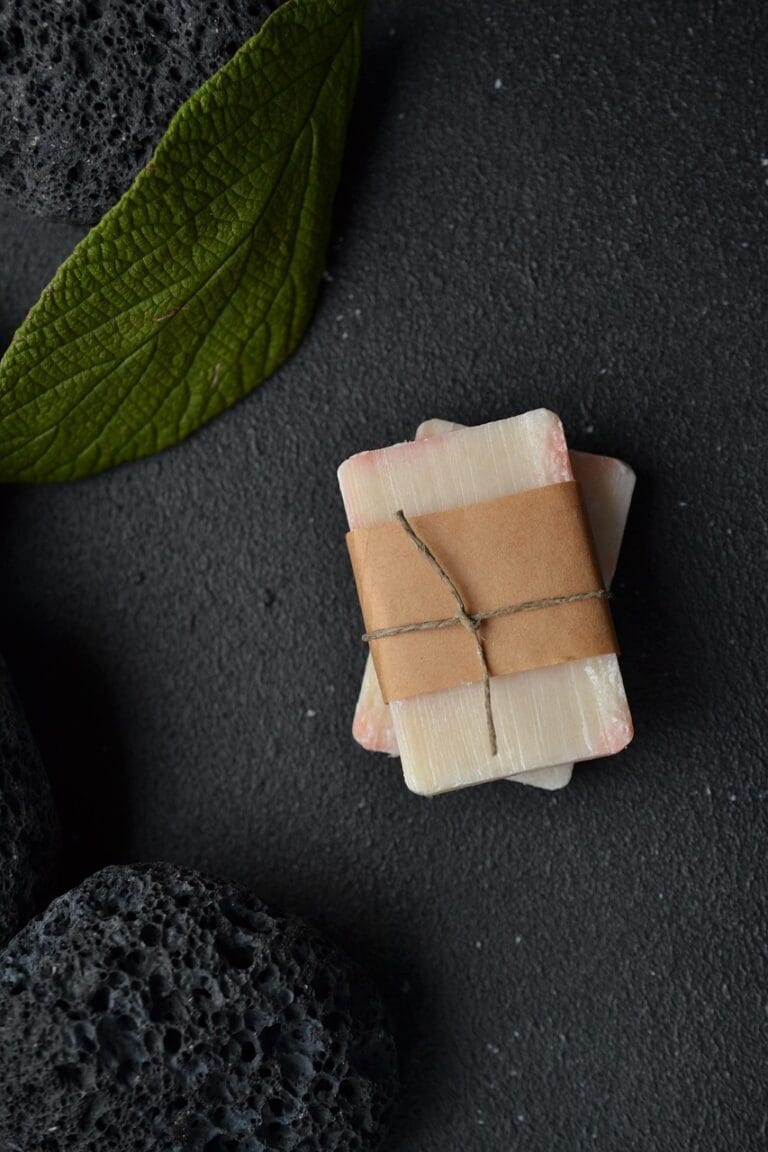




I visited some underground bunkers last year and it was an eerie but fascinating experience!
Glad you found the experience intriguing! It’s amazing how much history is hidden underground.
I’ve always been fascinated by street art and history, and this article gave me some great ideas to incorporate them into my own travels.
It’s wonderful to hear that you found some inspiration! Feel free to share your experiences once you’ve tried out these unconventional explorations.
I wish there were more details about specific street art locations or how to access the underground bunkers.
Good point! I’ll update the article with more specifics on street art hotspots and bunker visitation details.
I wonder if there are any books or resources that delve deeper into Berlin’s street art scene and Cold War history.
Has anyone tried any guided tours for street art exploration? Any recommendations?
I’ve heard great things about ‘Alternative Berlin Tours’ for street art explorations. Definitely worth checking out!
This article inspired me to plan a trip to Berlin and try out these unconventional ways to explore the city!
That’s fantastic to hear! Enjoy your trip and make sure to share your experiences when you get back.
I always enjoy learning about a city’s history through unconventional ways. It makes the experience more memorable.
Absolutely! Exploring beyond the usual tourist spots can really give you a deeper understanding of the city’s culture and past.
I never thought about exploring Berlin through street art! Such a cool suggestion.